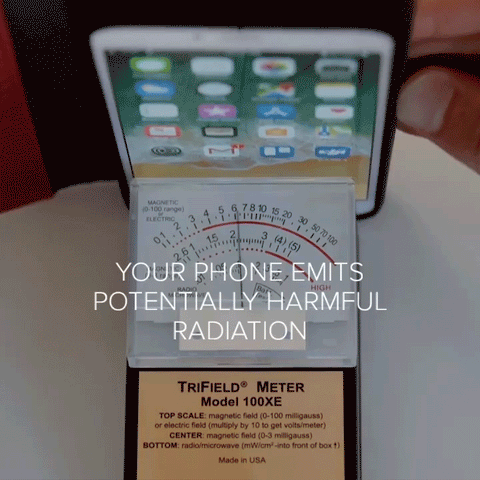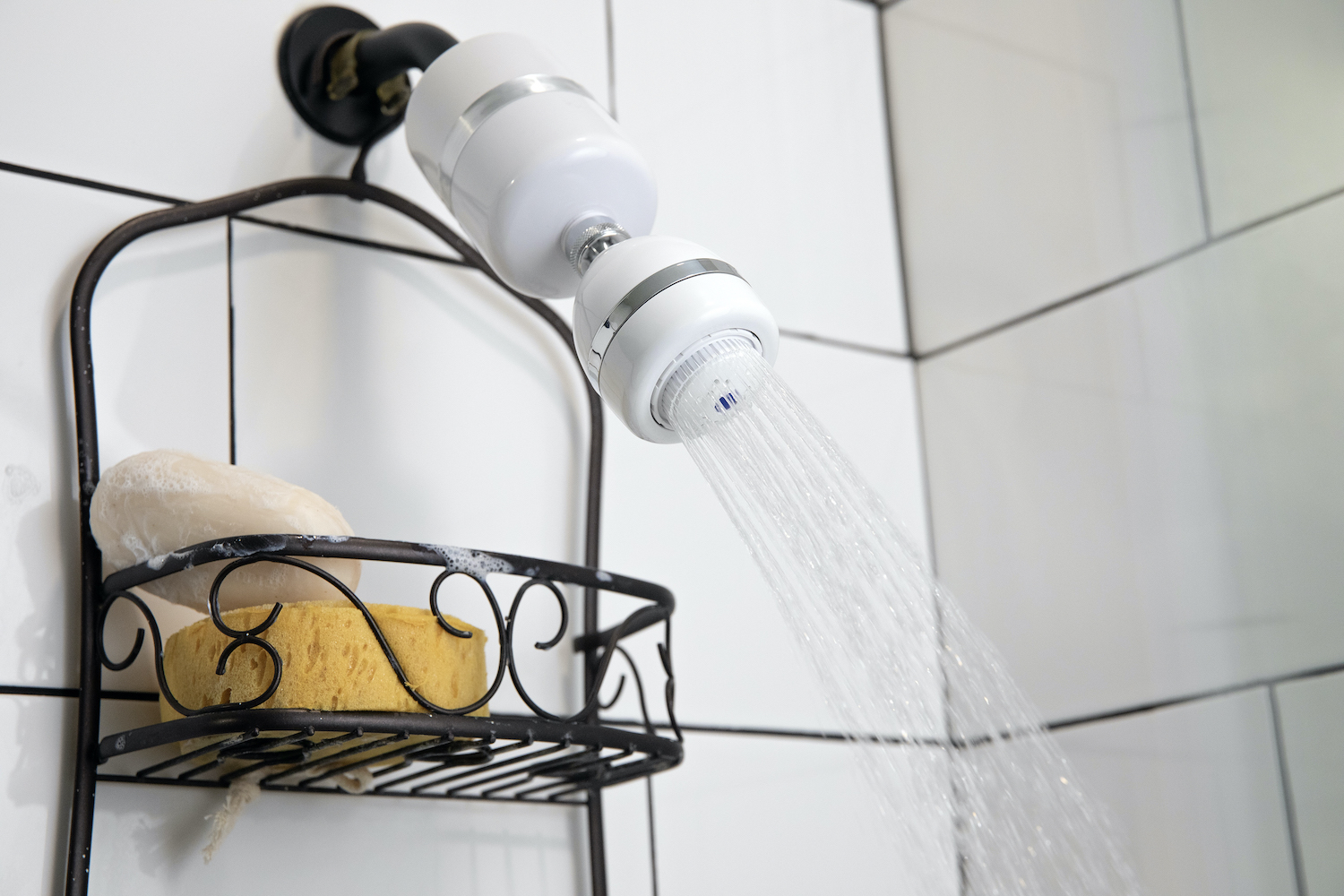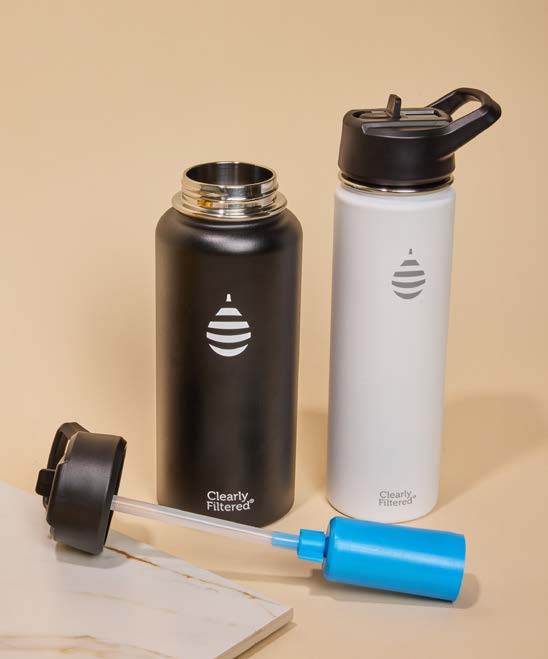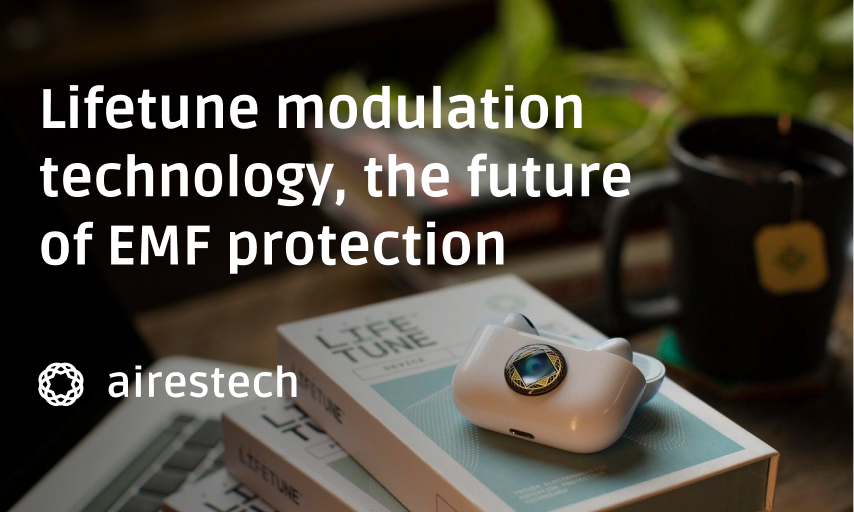What Is Red and Near Infrared (NIR) Light Therapy – And Could It Help You Heal?
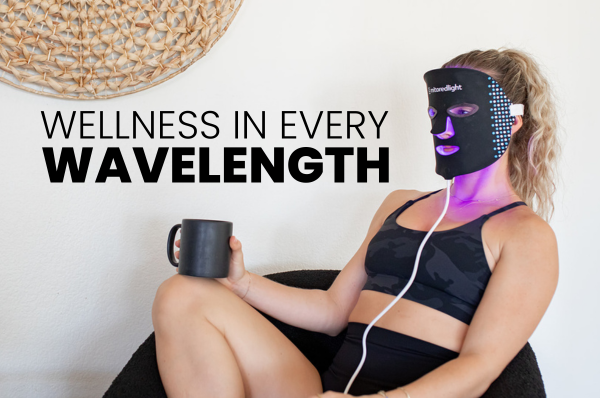
Imagine if simply sitting under a special light could boost your energy, improve pain, support recovery, and help your body heal at the cellular level. While it sounds futuristic, this is exactly what red and near-infrared (NIR) light therapy is being used for worldwide.
 What Exactly Are Red and Near Infrared Light?
What Exactly Are Red and Near Infrared Light?
Red and NIR light are part of the sun’s natural light spectrum. Red light spans roughly 600-700 nanometers (nm) while NIR light goes from 700-1100nm. Unlike other wavelengths like UV or blue light that stay on the skin’s surface, these wavelengths penetrate deeply into tissues, muscles, joints, and even the brain.
Here’s why this matters: when these wavelengths reach your cells, they stimulate mitochondria – the powerhouse of your cells – to produce more ATP (energy). This process, known as photobiomodulation, allows your cells to perform their healing, recovery, and maintenance jobs more effectively.
How Does Red and NIR Light Therapy Work?
Think of your cells like little factories. Over time, stress, inflammation, toxins, and illness can slow them down. Red and NIR light act like the sun shining onto a solar panel, fueling the mitochondria to produce more energy, repair damage, and reduce inflammation.
Specifically, these photons interact with cytochrome c oxidase, a photoreceptor in our cells, improving oxygen utilization and ATP production. The result? More energy for your body to heal, recover, and thrive.
What Are the Proven Benefits?
Research on red and near-infrared light therapy has exploded in recent years, with thousands of studies showing positive results. Here are some key benefits:
-
⭐ Skin health & rejuvenation (red light 630-680nm): Boosts collagen production, smooths fine lines and wrinkles, improves skin texture and tone.
-
⭐ Muscle and joint recovery (NIR 800-880nm): Penetrates deeper to reduce joint pain, accelerate muscle recovery, and aid nerve healing.
-
⭐ Enhanced energy and performance: By supporting mitochondrial function, people report increased endurance, strength, and overall vitality.
-
⭐ Improved sleep quality: Some studies show it can increase melatonin production for deeper sleep.
-
⭐ Reduced inflammation & pain: Helpful for chronic pain conditions, arthritis, and injuries.
Why Does This Matter in Today’s World?
Our ancestors spent most of their days outdoors, bathing in the sun’s beneficial wavelengths. Modern life keeps us indoors under artificial lighting, making us what researchers call “mal-illuminated.” Red and NIR light therapy is like “supplementing light” for your body to perform optimally.
How Is This Relevant to Cancer Patients and Survivors?
At Believe Big, we often hear from patients seeking complementary approaches to healing. While red and NIR light therapy are not cancer treatments, they are being researched for:
-
Managing treatment-related fatigue
-
Supporting healthy mitochondria function
-
Improving wound healing post-surgery
-
Reducing pain and inflammation
Many patients incorporate these therapies alongside their conventional treatments to support overall wellness, energy, and recovery.
Key Questions to Ask Your Oncologist or Integrative Practitioner:
✔️ Is red or NIR light therapy safe for me during treatment or recovery?
✔️ Can it interact with any medications or treatments I am currently on?
✔️ Do you recommend any specific light therapy devices or protocols for my situation?
✔️ Could light therapy support my energy and reduce treatment side effects?
✔️ Are there integrative oncology practitioners familiar with using red light for supportive care?
Whether you are exploring red light therapy for skin health, chronic pain, recovery, or as part of your comprehensive wellness approach during cancer treatment, it is essential to:
✅ Consult your oncologist or integrative doctor first
✅ Ensure devices used are clinically relevant (e.g., 630-680nm for skin, 800-880nm for deep tissue)
✅ Prioritize whole-body healing including diet, hydration, emotional support, mistletoe therapy (where appropriate), and lifestyle changes.
💡 Want to learn more about complementary therapies that support healing during and after cancer treatment? Visit our website for free resources on mistletoe therapy, nutrition, and building your personalized integrative approach.


